|
One of my assignments for my EL PS 620: Education for Social Justice was to read and critique a social-justice oriented text. I chose Garcia and O'Donnell-Allen's Pose, Wobble, Flow: A Culturally Proactive Approach to Literacy Instruction. I thoroughly enjoyed reading this text and highly recommend it! Rather than sharing my full critique writeup, I am including the handout I created to share the information with the class.
0 Comments
As part of my CI 565: Literacy: Connecting Research, Policy, and Practice course, we lead a week's discussion. The focus of my week was Connecting with Family Literacy and included four readings:
To kickoff our study and discussion, I created the Reading Preview graphic below. Every so often, teachers reach out to me for enrichment activities for reading, math, science, or social studies. This is an activity I put together for 1st grade students and is modeled after Jerry Palotta's Who Would Win series. The grade level is 1:1 (one device per student) Chromebooks, so I designed this in Google Slides. The final page will have a Blabberize (Chatterpix could be an alternative if you have iOS devices, where the winning animal explains why they won the battle. A few resources students will use for this project are PebbleGo, Bookflix, TrueFlix, and Kiddle. If you would like a copy of the Google Slides file, please let me know. I also created a graphic organizer where students can record their findings.
Through my literacy consulting work, I frequently get asked by educators around the country for insights on how they can receive funding to implement a literacy initiative or project. While I will continue to respond individually to educators who reach out via email or this website's contact form, I wanted to share some highlights here. Having worked in rural, Title I, and suburban districts, I understand the need for literacy funding and have written and received several grants allowing me to impact literacy development. My hope is the information below helps educators begin their grant writing journey. Be sure to check with your school district and administrator before applying for grant funding as some districts may have an internal process and checkpoints you must follow. Funding Sources (not an exhaustive list):
Award/Recognition Options: Tips:
If you have additional questions or need for consulting services, feel free to reach out using the contact form. Best of luck! Are there grant programs you would like to see added to this list? If so, add a comment and/or complete the contact form and I will add them. During a recent book talk to a 4th grade classroom, I shared one of my favorite books. I also used my new Merge Cube. I had been looking for ways teachers can incorporate Merge Cubes and augmented reality into their classrooms, and the book talk was a great way to start! I created a template on Google Slides and then imported the png files into CoSpaces. The process was easy and students loved seeing the Merge Cube. If you would like a copy of my Book Talk Summary template, or need support in using Merge Cubes in your classroom or school, please let me know!
I've been creating Breakout Edu's over different novels and this one is tied to the book Belly Up by Stuart Gibbs. Let me know if you would like a copy of this Breakout, or any of the other ones I've created. Literacy Breakout Edu over Belly Up by Stuart Gibbs.Game Name: Will Henry Jr. go Belly Up? Game Designer: Stephanie Laird @LairdLearning, LairdLearning.com Content Areas: Reading Recommended Ages: 3rd-6th grade Ideal Group Size: Whole Class Suggested Time: 45 minutes Story: Henry Hippo Junior is the new star of FunJungle and Teddy Fitzroy promised Summer he would keep an eye on Hippo River. Last night, Teddy received a text from Summer telling him she overheard her dad talking to Large Marge on the phone, discussing how the new koala is missing and they're worried the baby hippo may be next! Teddy needs your help to track down Doc, solve the mystery, and prevent anything from happening to Henry Jr.! You have 45 minutes to solve the clues, so work together. Your time starts now! Lock Combinations:
Setup Instructions:
Reflection Questions:
Additional Requirements:
CCSS: RL.1, RL.2, RL.3 I've been creating Breakout Edu's over different novels and this one is tied to the book Crenshaw by Katherine Applegate. Let me know if you would like a copy of this Breakout, or any of the other ones I've created. Literacy Breakout Edu over Crenshaw by Katherine Applegate. Game Name: Crenshaw's Jelly Beans Game Designer: Stephanie Laird @LairdLearning, LairdLearning.com Content Areas: Reading Recommended Ages: 3rd-6th grade Ideal Group Size: Whole Class Suggested Time: 45 minutes Story: Crenshaw needs your help! To keep Marisol from eating his purple jelly beans, he locked them in the Breakout Edu box in Jackson’s keepsake bag. The problem is, Crenshaw has been busy helping Jackson and forgot the lock combinations! Thankfully, Crenshaw left clues in order to figure out the combination and needs you to help solve the clues and unlock the box. You have 45 minutes to solve the clues, so work together, problem solve, and breakout the Jelly Beans. Your time starts now! Lock Combinations:
Setup Instructions:
Reflection Questions:
Additional Requirements:
CCSS: RL.1, RL.2, RL.3 Crenshaw Clues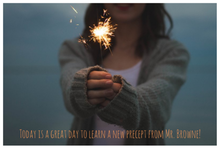 Several years ago, while I was co-teaching fifth grade, I used Wonder as a read aloud companion to one of our district's English Language Arts unit. Although I have since moved into an Instructional Coaching role, Wonder is still used in fifth grade. Recently, the movie was released, and I decided to create a Breakout Edu game, "We're All Wonders," students could use after reading the book. In this game, students solve a series of clues to unlock six locks and breakout. We're All Wonders! Game Name: We're All Wonders Game Designer: Stephanie Laird @LairdLearning, LairdLearning.com Content Areas: Reading Recommended Ages: 3rd-6th grade Ideal Group Size: Whole Class Suggested Time: 45 minutes Story: This morning, Mr. Browne dropped off a box containing messages from Auggie. Don’t worry, unlike the notes Julian left for Auggie and Jack, these are Wonderful. To open the box, you will need to work together and use lessons you have learned from Auggie’s life. Remember, we’re all wonders! You have 45 minutes to problem solve and Breakout. Your time starts now! Lock Combinations:
Setup Instructions:
Reflection Questions:
Additional Requirements: Checkout a copy of 365 Days of Wonder from your school library. Optional: Wonder bookmarks or Choose Kind pledge to be placed inside the Breakout Box CCSS: RL.1, RL.2, RL.3 I was recently interviewed for a Literacy Today article focused on building a culture of literacy. The article can be found in the July/August 2017 edition of Literacy Today. Below you will find my responses to the interview questions: In your mind, what does it mean to have a culture of literacy in a school? A culture of literacy is when students, teachers, administrators, and support staff have a shared vision of what literacy is and why it is important. In addition, teachers and administrators rely on research-based instructional practices and data to make decisions and support students in their literacy journey. Finally, literacy is not something that occurs during a specific time of day or content area, but rather is infused throughout a student’s daily learning experience. What is the coach's role in this process and are there strategies that can help to get teachers on board in creating that culture? Coaches are there to support, model, and facilitate literacy instruction and data informed decisions. Although a coach is a literacy leader, it is important that the coach isn’t the only literacy leader, and that they are not viewed as the expert. If the coach is to be effective and the culture of literacy to be the norm, the coach must build the capacity of the teachers they support. What practices have worked in your school? And what hasn't worked? What has worked: Cultivating a shared vision, developing shared leadership, meeting teachers where they’re at in their understanding of literacy instruction, professional needs, etc., having a building or site-based coach, high functioning PLCs, using data to problem solve and inform instruction What doesn’t work: Drive PD with no follow through or application time, forgetting to share the “why” behind a PD or research-based instructional practice What is the role of a principal or district-level official in encouraging this approach in schools? Is it something that is more likely to develop if it isn't mandated, or district-led? A principal or district-level official is there to support the establishment of the literacy culture. They are co-learners in this process, and because the culture of literacy is important, they will make sure that time (instructional and professional development wise), funds, and resources are allocated. I think it could be developed if it isn’t mandated, but if it is done in such a way that it’s the way we do business, all stakeholders will recognize the need and rather than it being viewed as an initiative being done to the teachers, it will be seen as a collective effort to better the lives of our students. What a culture of literacy looks like: Throughout the day, you would see students reading, writing, speaking, listening, and creating. Teachers, no matter the content area, are engaging students in literacy. When you enter a classroom, there's a buzz! Students are co-constructing knowledge by using available resources (books, websites, videos, experts, etc.), they are immersed in a print-rich environment, the classroom library has high interest and developmentally appropriate books, and the teacher is meeting with students individually, in small groups, and as a whole class. Our students have access to books throughout the building, whether it's in their book boxes, the classroom or school library, or the bins of books located in the halls, office and common areas. Students are publishing writing to authentic audiences (outside the classroom or school walls) Teachers, principal, and all support staff model being readers and writers. I made "What is _____ (insert staff member's name) Reading. What are you reading?" posters for everyone to post outside their classroom doors. This allowed students to see the adults in their lives as readers too. Also, when students are writing/reading, the teachers are doing the same. As a coach, what strategies have you used to build a culture of literacy: This year I added P.O.P. teams (Peer Observation Partnerships) to our building. They're partnerships between two teachers where they informally observe one another throughout the year, noting evidence of our district's literacy framework and literacy strategies we've introduced in PD, and they reflect on what's working and discuss areas for growth. Last year, after reading Read, Write, Lead, I had our staff write down their top 3 literacy beliefs and then we came to a collective agreement about what our building's top 3 beliefs were. Recognizing your beliefs shape your actions, we were able to further cement our culture of literacy by identifying action steps we will take to ensure our beliefs come true for our students. These actions included: read alouds at least once every day, daily providing students time to read a book of their choice, publishing writing to an authentic audience, using mentor texts and holding reading and writing conferences with each student, incorporating writing to learn and accountable talk in all subject areas, and that every teacher is a literacy teacher. I serve one elementary building, so I am easily accessible to every teacher in the building to facilitate coaching cycles, model, co-teach, co-plan, and analyze data. I also strive to be visible throughout the day, and visit classrooms on a daily basis. During these informal visits, I am able to take note of areas of implementation, and what needs to be focused on either in a one-on-one conversation, grade level PLC meeting, or whole staff PD. I wrote a grant to send home monthly literacy bags that contain a new book and a reading activity parents can use with their child at home. These books are kept by the families with the goal of building up their home libraries. I also added a Little Free Library in front of our building, and love seeing children and their parents borrowing books. I'd love to hear, what have you done in your building or district to nurture a culture of literacy? I had the privilege of presenting at the Iowa Reading Association's 2016 conference. Rather than doing a typical sit and get presentation, I had stations set up for participants to rotate through. Below you will find the handout I had available for participants. If you would like information on any of these technology tools, including how I implement them with our K-5 students and teachers, let me know! |
Archives
October 2023
Categories
All
|
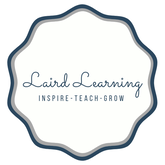
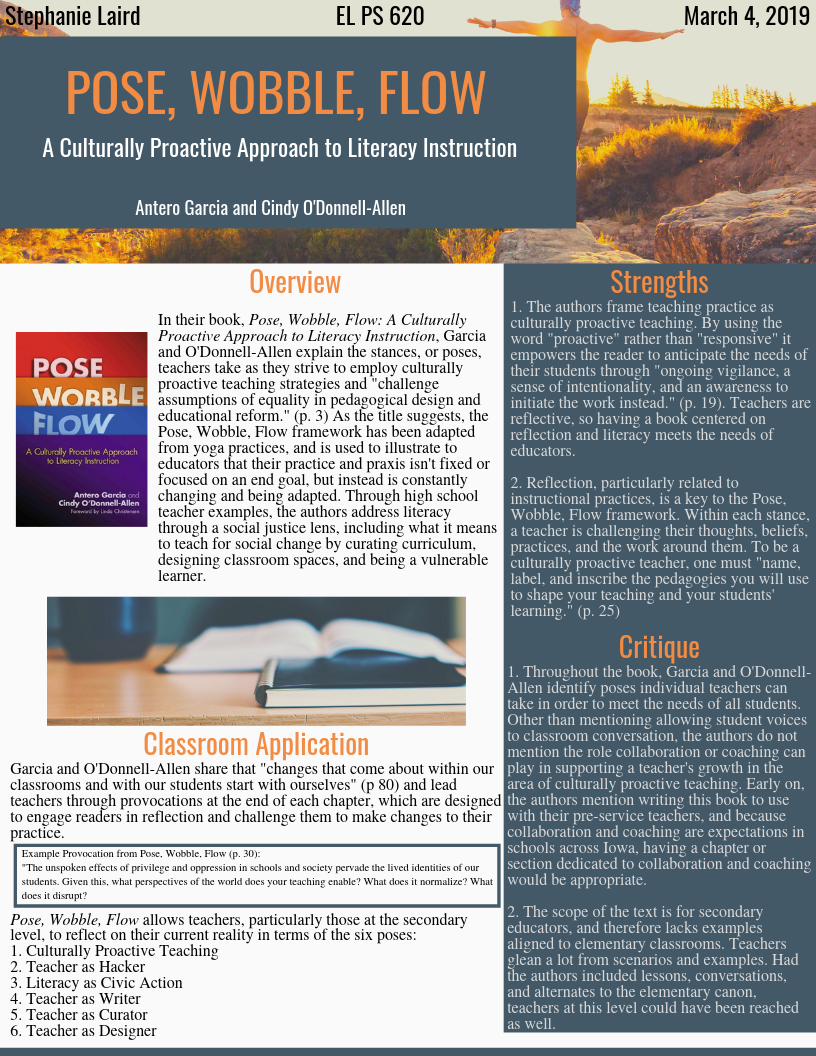
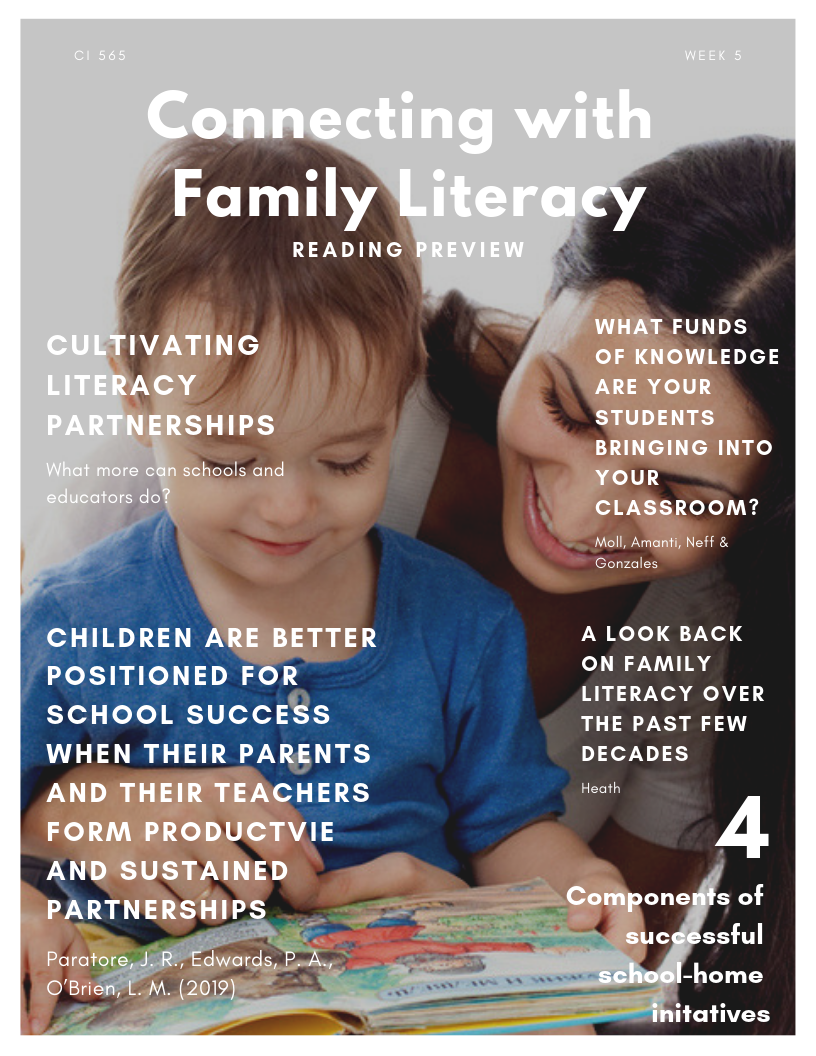
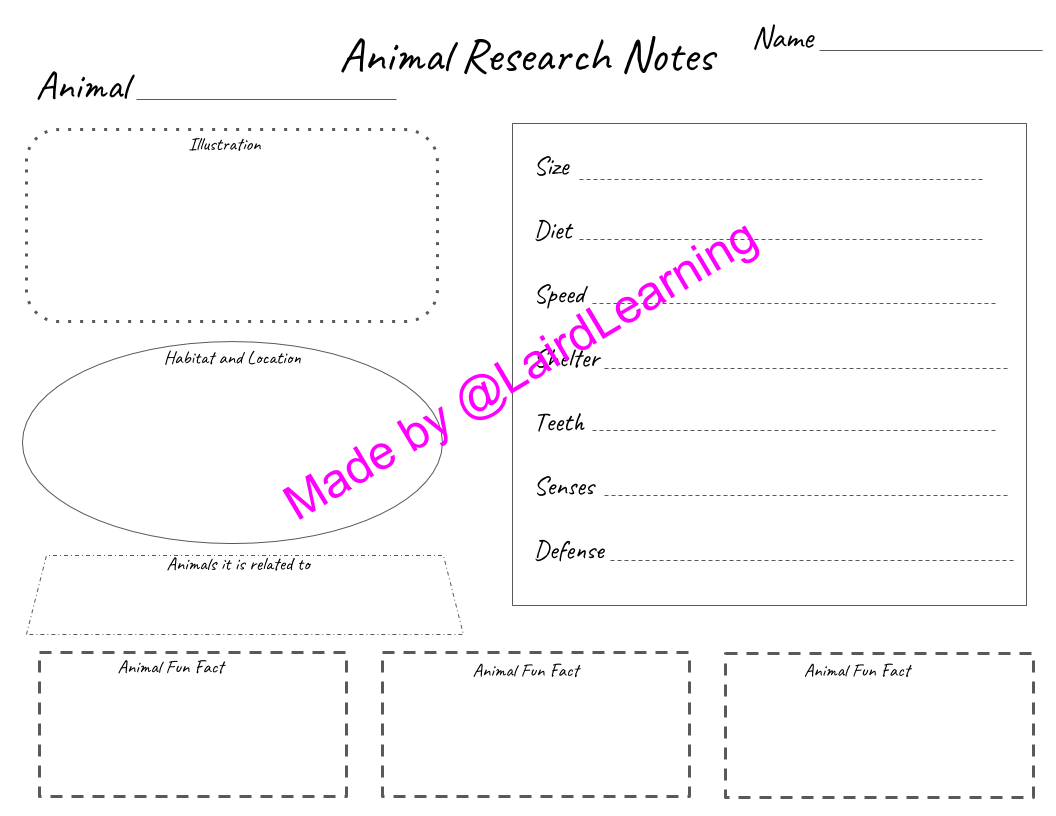

 RSS Feed
RSS Feed
